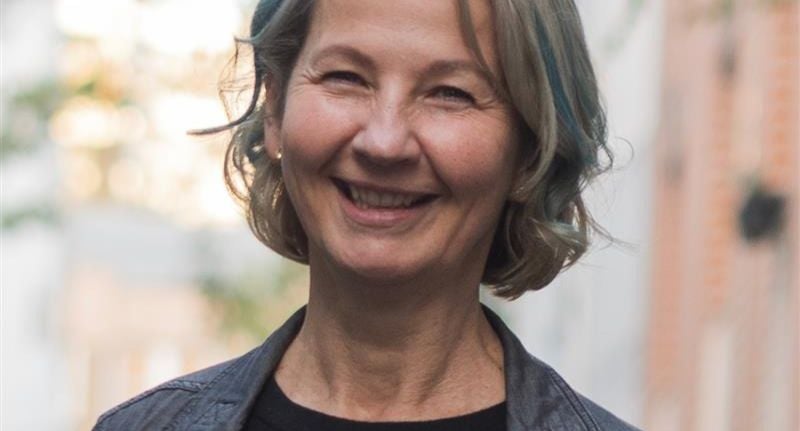By Angela Smith, CEO, AFFINITY
Before asking for more budget, perhaps we should be asking a bigger question: are we getting the most out of the budget we already have?
For decades, marketing has been on a relentless pursuit of more. More channels. More data. More technology. More tools.
Digital transformation promised precision, measurability, and control…and to be fair, it delivered in many ways. There were times when it led to CMOs having bigger budgets, larger teams, and more ways to connect with audiences than ever before.
But the last five years have told a different story: flat or shrinking budgets, fragmented customer journeys, and teams being reshaped alongside machine capability. “Doing more with less” has become the new normal.
Yet even as marketers tighten belts and chase efficiency, digital media is the one spend that keeps rising. Global ad spend is forecast to exceed US$1.17 trillion by the end of 2025, with social media growing nearly 15 percent. Almost nine in ten new ad dollars are flowing online, into platforms that promise targeting, measurability, and impact.
The truth is, much of that promise has gone unfulfilled.
The efficiency iIllusion
For all this investment, our appetite for efficiency could be called the industry’s greatest illusion. WARC estimates that more than 60 percent of digital media spend is wasted due to poor targeting, low viewability, fraud, and fragmented technology.
That’s not a failure of individual marketers or agencies, it’s a structural problem baked into a system that rewards volume, complexity, and novelty over clarity, purpose, and rigour.
Duplication across platforms, overlapping vendors, and outdated data segments quietly siphon away billions each year.
Underpinning this waste are persistent myths that shape how the industry thinks about media success:
• That more channels mean more growth.
• That digital is inherently more efficient than traditional media.
• That newer automatically means better.
• That data alone solves everything.
None of it is true by the way without context, strategy, and accountability.
The result? An industry optimised for activity over impact and too often the most important questions go unanswered. Does this move the brand? Does this move the business?
Somewhere along the way, the bigger picture has been sideswiped for quick wins. But the good news is, the waste this creates can also be reclaimed.
Reclaiming what’s already there
Before asking for more budget, the smarter question is: can we get more from what we already have?
There’s enormous untapped potential hidden in the inefficiencies of existing spend. Reclaiming even a fraction of wasted media isn’t just cost-saving – it’s growth-finding. It’s the opportunity to turn inefficiency into insight, and that insight into something that will drive business growth.
I’ve seen firsthand how a shift from more to meaningful can transform results. Even a modest 5 – 10% of hidden inefficiency can represent millions in lost opportunity. 2026 must be the year of accountability – where marketers demand clarity, evidence, and impact from every dollar invested by their agency partners.
Work in, not on
Yes, the agency model is in flux. But the ones that will stay relevant in the years ahead are those driving true growth – not by simply buying media, but by interrogating it.
They work in their clients’ businesses, not just on them. They ask uncomfortable questions about what’s driving growth, not just what’s driving clicks. They help marketers see where waste hides, connect creative and media into one rhythm, and turn complexity into clarity.
That’s where the hidden growth lives – in partnership, not just buying.
Reclaiming wasted media isn’t about cutting spend. It’s about giving marketing leaders a clear, evidence-backed view of what’s actually working and then having the power to reinvest it into growth that’s measurable, meaningful, and sustainable.
Before you ask for more budget, ask whether your partners are helping you get more from the budget you already have.The difference between spending and scaling often comes down to who’s truly in the room with you and having honest conversations.

